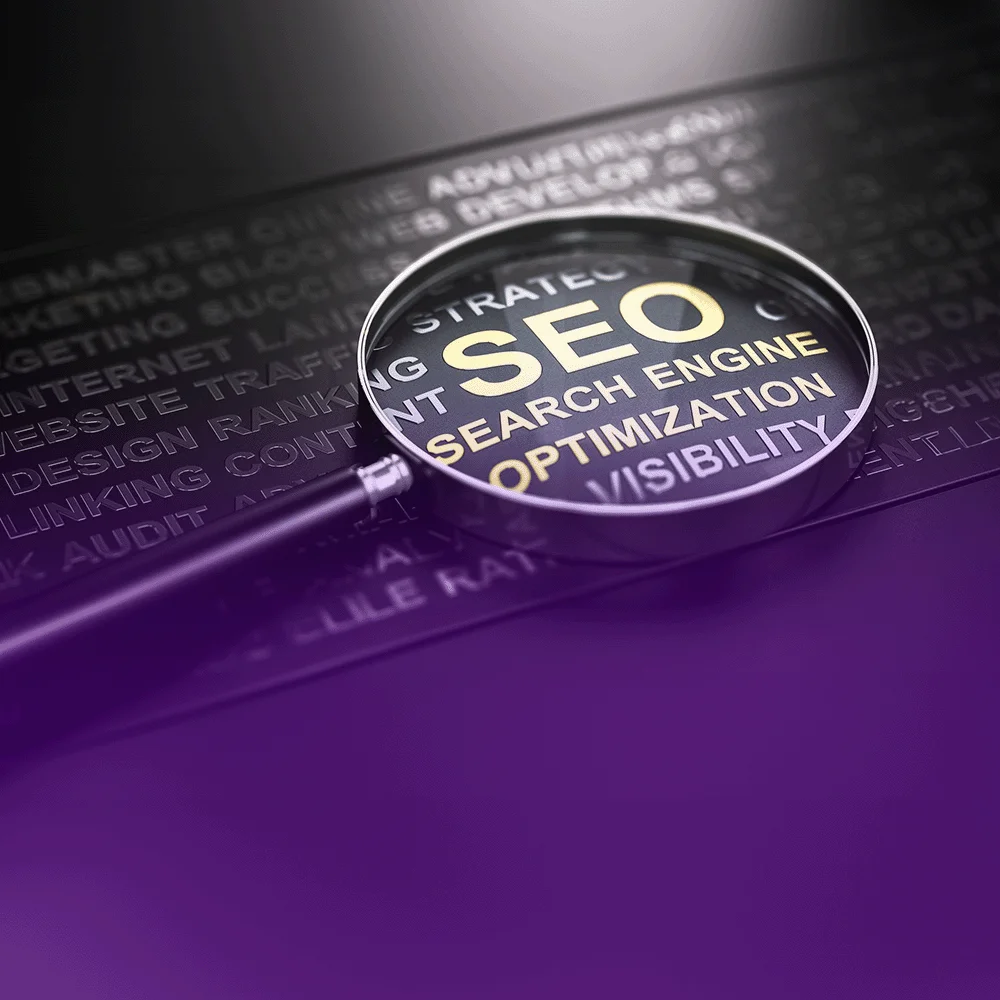SEO vs. SEM: Understanding the Differences and Benefits

With so many people using the internet regularly, marketers utilise SEO and SEM methods to enhance their content’s visibility in search engines. SEO and SEM are vital for online success, but people often mix up these terms. It’s crucial to grasp the distinctions between SEO and SEM to make the most of both strategies.
SEO and SEM are two tactics that businesses use to boost sales, but they employ distinct methods. SEO focuses on improving organic search rankings over time, while SEM relies on paid advertisements to rapidly increase website traffic.
So, What is SEO?
SEO or Search Engine Optimisation involves enhancing a website to boost its unpaid (or organic) visibility on popular search engines. Google and Bing rely on algorithms to display useful, top-notch search results, which is why marketers use SEO techniques to gain favourable rankings from these algorithms. The ultimate aim of SEO is to naturally appear on the first page of search engine results when people search for a particular keyword or phrase.
What About SEM?
SEM or Search Engine Marketing entails promoting a website or webpage through paid means. The objective of SEM is to improve the site’s presence in search engine results by utilising advertising space. Typically, marketers employ Google Ads to compete for keywords in Pay-Per-Click (PPC) advertising, ensuring that their ad appears at the top of search results when users search for their specific keyword.

What Are the Differences?
While both SEO and SEM are valuable for driving web traffic, it’s important for marketers to recognise their key distinctions, including the types of search results they focus on, the timeframes for delivering results, and their associated costs.
1. Different Target Search Results
SEO and SEM share a common objective: to enhance an organisation’s presence on search engines. Yet, they employ distinct methods to reach this goal. SEO centres on optimising webpages to boost their rankings in organic search results, while SEM relies on paid ads to secure top positions in SERPs (Search Engine Results Page).
2. SEO Takes Longer Results Than SEM
SEO requires more time for noticeable improvements compared to SEM. SEO strategies can take from several months to even a couple of years to boost rankings significantly. In contrast, SEM can drive web traffic within hours.
In today’s highly competitive digital marketing landscape, many people use search engines to find products and services. To climb to the top of SERPs organically, organisations must create valuable content, gain backlinks from other websites, and ensure a positive user experience, all of which is a time-consuming process.
On the other hand, SEM can generate traffic as soon as marketing teams launch campaigns on platforms like Google Ads. Before launching a campaign, marketers need to research their target audience and create high-quality landing pages for their ads, which takes some time. However, once these landing pages are ready, the SEM campaign can start bringing in paid traffic right away.
3. SEO Can Costs More Upfront Than SEM
SEO doesn’t require direct payments like SEM ads do, but it demands significant time and effort. To enhance SEO, organisations may need to hire writers, SEO experts, or buy SEO tools. Since results take months or even years to show a return on investment, SEO comes with a substantial upfront expense.
Conversely, once an organisation gains organic visibility, it can attract lots of free traffic, making SEO profitable over time. In SEM, you see immediate results, but when your marketing budget is depleted, your visibility drops back to its initial state before the campaign.
How Can I Leverage on SEO and SEM?
While they have differences, SEO and SEM each boast unique advantages that can leverage your digital marketing efforts and enhance your brand’s online presence.
SEO (Search Engine Optimisation):
Increased Visibility: Helps your website rank higher in organic search results, making it more visible to potential visitors.
Cost-Effective: Generally, it’s a cost-effective long-term strategy compared to paid advertising.
Credibility: Higher rankings convey trust and credibility to users, enhancing your brand’s reputation.
Targeted Traffic: Attracts users actively searching for your products or services, leading to better conversion rates.
User Experience: SEO practises improve website usability and user experience.
SEM (Search Engine Marketing):
Immediate Results: Delivers instant visibility and traffic through paid ads.
Control: Allows precise control over ad campaigns, including budget, targeting, and scheduling.
Keyword Insights: Provides valuable data on keyword performance and user behaviour.
Scalability: Easily adjust ad campaigns to accommodate business growth or changes.
Measurable ROI: Offers clear metrics to measure the return on investment for advertising efforts.
Both SEO and SEM have their merits and can be part of a well-rounded digital marketing strategy, depending on your goals and budget.
Wrapping Up
In essence, SEO is all about aiming for high rankings in organic search results, while SEM encompasses both SEO and PPC to drive traffic from search engines. To clarify, SEM is a broad term that covers both SEO and PPC, making SEO a subset of the larger SEM category.
Understanding the differences and benefits of SEO and SEM is essential for informed digital marketing decisions. Each method offers distinct benefits that, when utilised effectively, can drive success in the digital landscape. It’s crucial to weigh their pros and cons to make the most of your online presence and achieve your business goals efficiently.





